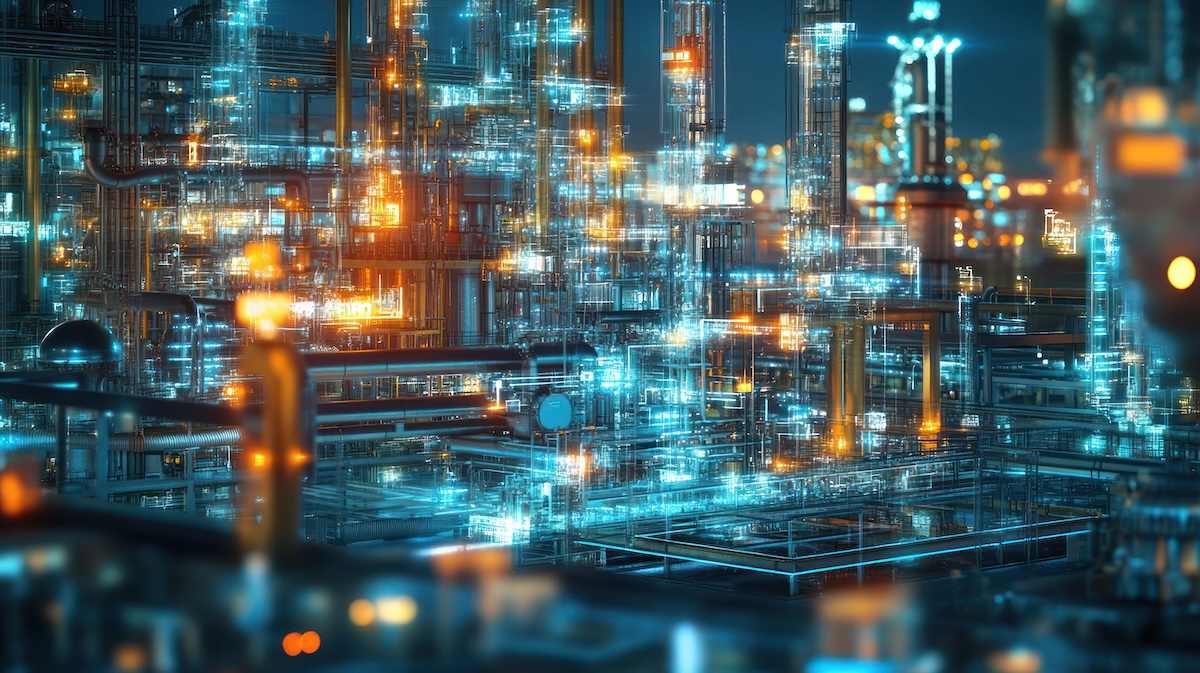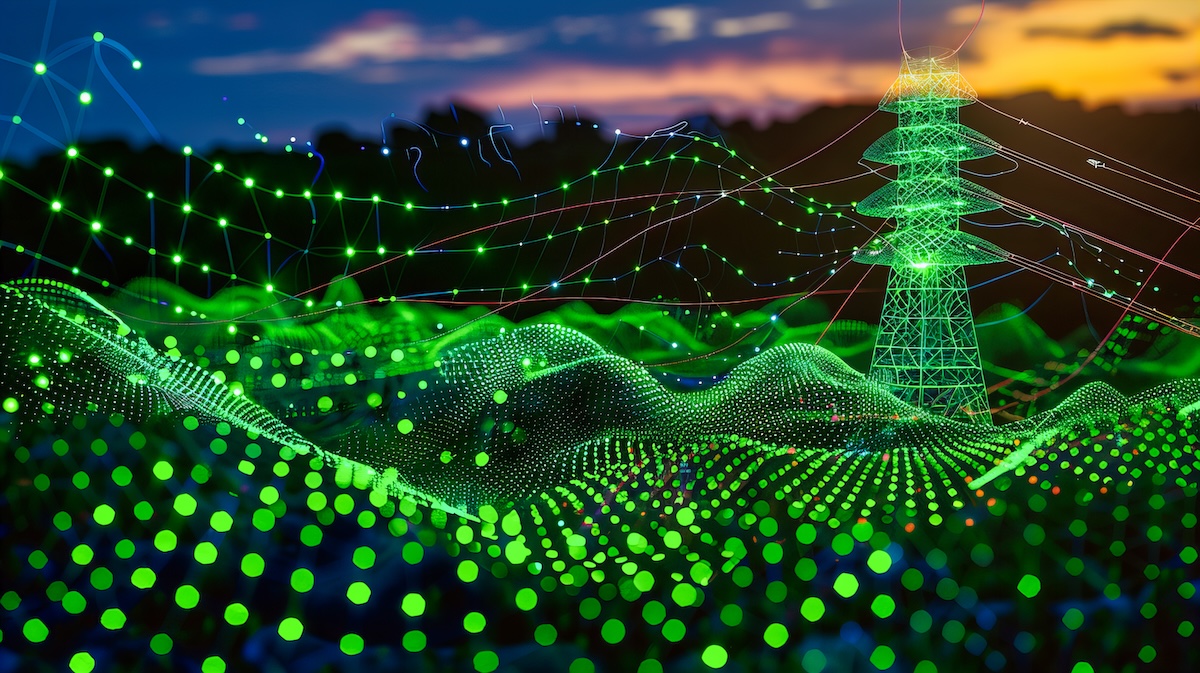Direct Carbon Capture – What is it? How does it work?
In 2015, the Paris Agreement set the objective of reducing human-caused global warming ideally below 35.6ºF (2ºC increase), with a further ambition of staying below 34.7ºF (1.5ºC increase). To meet this goal, countries and corporations would have to employ “negative emissions technologies” to remove excess CO2 from the atmosphere.
Negative emissions technologies are equipment designed to take more CO2 out of the atmosphere than they put in as part of a global effort to solve climate change and prevent global warming. The end goal is net negative carbon emissions for the atmosphere.
There are several methods for negative emissions—afforestation, reforestation, and enhanced ocean productivity are three of the most common. One other form of negative emission technology is direct carbon capture.
What is Direct Carbon Capture?
Direct Carbon Capture (DCC) is a technology that directly takes out carbon dioxide from the atmosphere. The direct capture of carbon dioxide from the atmosphere is potential technology in combating climate change. This method is considered part of negative emissions technology (NETs), aiming to achieve net negative carbon emissions for the atmosphere.
The direct carbon capture process involves taking carbon dioxide directly out of the air, turning it into another product, and then storing or re-using it.
How Does Direct Carbon Capture Work?
There are various methods for DCC, but the three most common are direct air capture, biosequestration, and oxyfuel combustion.
Direct air capture, or DAC, is a technology that captures carbon dioxide from the air before it has a chance to enter the atmosphere. There are several different ways to do this, but the basic idea is always the same: isolate carbon dioxide and store it somewhere it won’t harm the environment. For example, by directly extracting carbon dioxide from the air, then sequestering or utilizing the captured carbon.
Meanwhile, biosequestration uses photosynthetic organisms, such as green algae and cyanobacteria, to convert atmospheric CO2 into biomass, which can then be processed into valuable chemicals and bioenergy. Finally, oxyfuel combustion involves the removal of CO2 from exhaust gasses in a post-combustion process.
There are many different ways to do direct air capture, but most systems involve two main components: an air contactor that gathers up carbon dioxide molecules, and an off-gas processing system that isolates the gas to be stored or used for commercial purposes.
Some methods sweep up carbon dioxide with giant fans, while others require chemical reactions that separate carbon dioxide from other gasses in the atmosphere. However, whatever process is used, the key is always to find a way to safely store the carbon dioxide so that it doesn’t enter the atmosphere.
Benefits of Direct Carbon Capture
DCC technology has been likened to artificial trees, which also remove CO2 from the air. However, unlike a forest of trees, DCC would not require as much land—only as much as necessary for a DCC plant.
The potential benefits of direct carbon capture are huge. Not only could it help corporations meet emissions reduction targets, but it could also help deal with the issue of carbon sequestration. Sequestration is the process of capturing carbon dioxide and storing it away so that it can’t enter the atmosphere.
This is important because even if we manage to reduce emissions to zero, there will still be a certain amount of excess CO2 in the atmosphere. By using DCC technology, corporations could remove this CO2 from the atmosphere and store it safely away.
Disadvantages of Direct Carbon Capture
The most significant disadvantage to direct carbon capture—and in particular, direct air capture—is the cost. Current estimates put the cost of DAC, for example, at between $200–1000 per ton of CO2. An APS Physics study estimated that to capture a megaton of CO2 in one year, the plant and equipment would cost $2.2billion.
The direct removal of carbon dioxide through direct capture is expected to be on par with current prices for other NETs already available. Direct capture technology has progressed in the last decade, but it still needs technical improvement before it is commercially viable.
Other criticisms of DCC are the slow rate of capturing carbon dioxide, and the amount of energy required to capture CO2. The concentration of CO2 in the air is 0.04%, which means it theoretically needs several times more energy to capture than direct carbon capture from a factory chimney. Most of this energy goes into separating CO2 from the capture mixture.
Direct Carbon Capture in the Future
Several different companies are working on direct carbon capture technology, with a number of different ways to do it. Whichever method is used, however, the goal is always to find a way to safely store carbon dioxide for later use or disposal. This could become an essential part of our efforts to reduce emissions and combat climate change in the future.
It’s an exciting time for direct carbon capture. It’s a technology for the future as the world searches for new ways to reach emissions targets while also reducing carbon dioxide levels in the atmosphere. If successful, this could be one of the most powerful technologies for reducing global emissions.
It’s an integral part of the ongoing global effort to reduce carbon dioxide levels—efforts that started while trying to find cleaner energy sources after discovering the environmental impact that fossil fuels can have on our planet if misused.
Now, direct carbon capture is offering real hope by providing a way to produce clean energy and clean air. Coupled with the development of more advanced negative emissions technologies, which can help store carbon dioxide once it has been used, can make a significant impact on our ability to achieve the negative emissions goal.
About the author
This article was written by Shravane Balabasqer, Founder & CEO at Carbon Analytics and originally it was published here.



